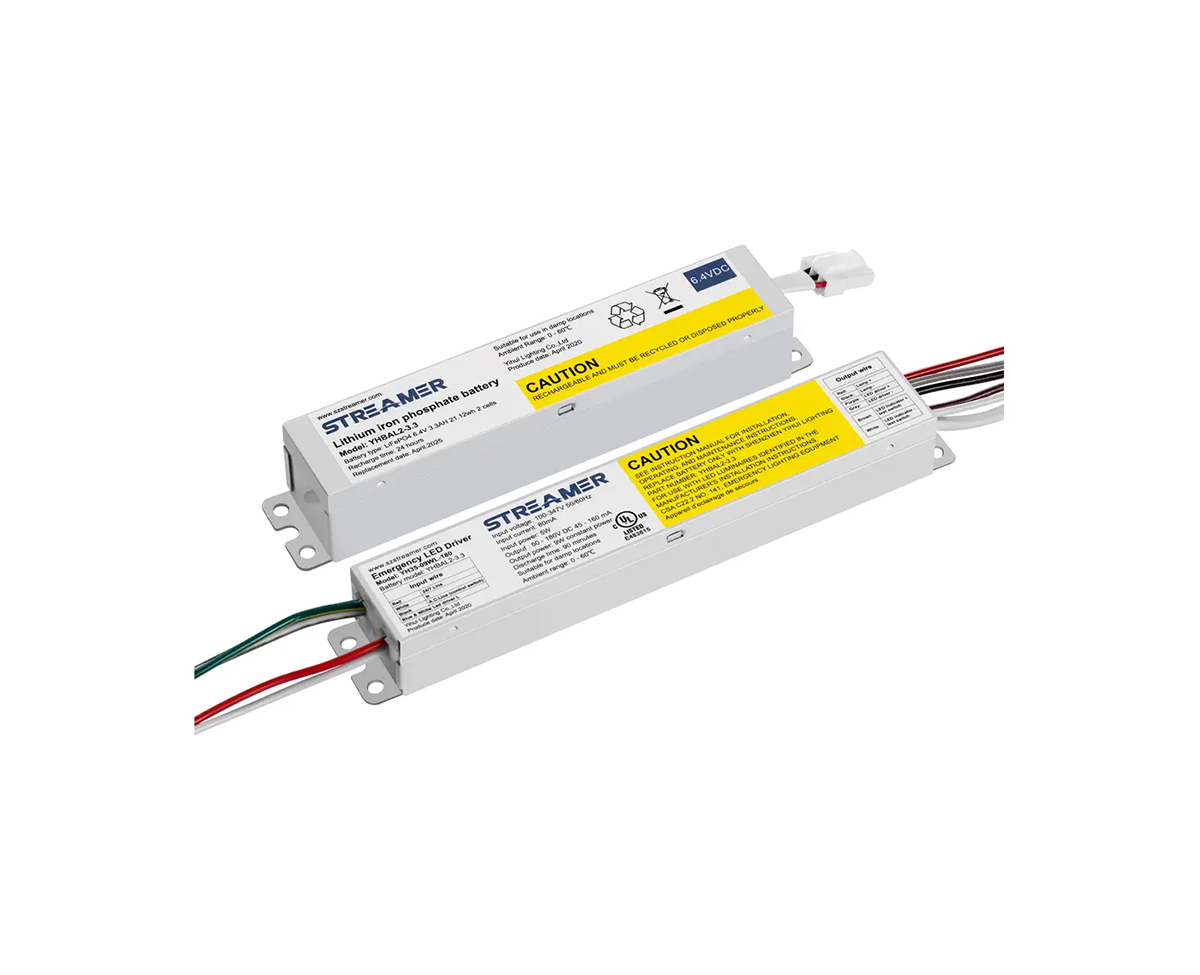 1
1
 Jun 06, 2025
Jun 06, 2025

The lighting layout scheme of LED emergency converters is designed to ensure effective and uniform illumination during power outages while also considering factors such as energy efficiency and aesthetic requirements. A well - planned lighting layout can enhance the safety and usability of the illuminated area.
One of the primary considerations in the lighting layout is the distribution of LED light sources. The number and arrangement of LEDs depend on the size and shape of the area to be illuminated. For example, in a small - sized emergency light fixture, a single row or a circular arrangement of LEDs may be sufficient. In larger areas, such as corridors or open - plan rooms, a more complex grid or matrix layout of LEDs might be required to achieve uniform lighting. To ensure even light distribution, the spacing between LEDs needs to be carefully calculated. This spacing is determined by factors such as the luminous intensity of the individual LEDs, the desired illuminance level, and the distance from the light source to the illuminated surface.
Another important aspect is the optical design of the lighting layout. Optical components, such as lenses and reflectors, are used to control the direction and shape of the light emitted by the LEDs. Lenses can be used to focus the light in a specific direction, increasing the illuminance in a particular area. Reflectors, on the other hand, can be used to redirect the light that would otherwise be wasted, improving the overall efficiency of the lighting system. For example, parabolic reflectors can be used to collect and direct the light emitted from the sides of the LEDs towards the desired area, maximizing the utilization of the light output.
Color temperature and color rendering index (CRI) also play significant roles in the lighting layout scheme. In emergency lighting applications, a color temperature that provides good visibility and a high CRI that accurately renders colors are often preferred. A color temperature in the range of 3000K - 5000K is commonly used as it offers a balance between a warm, comfortable light and sufficient brightness for clear visibility. A high CRI, typically above 80, ensures that objects and people in the illuminated area can be easily identified, which is crucial for safety during emergency situations.
In addition, the lighting layout should also consider energy - saving features. Dimming control can be incorporated into the layout design, allowing the LED emergency converter to adjust the light output according to the ambient light conditions or the specific requirements of the emergency situation. For example, during a partial power outage where some ambient light is still available, the LED lights can be dimmed to conserve energy while still providing sufficient illumination for safety.